
Hot Sale High Quality Hot Dip Galvanizing Machine Line Kettle Zinc Pot

VANER Electric Cable Recycling Machine Dry Copper Cable Granulator Plant Electric Cable Recycling Machine 100~180kgh


Wire Mesh Roll PVC Powder Coating Line Fluidized Bed Dip Coating Equipment

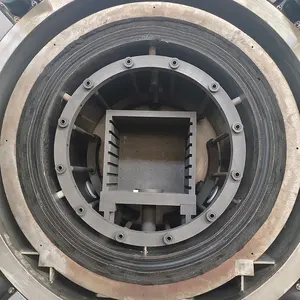
Vacuum Degreasing Pressure Sintering Furnace High Temperature Vacuum Chemical Furnace Plant Vacuum Metallurgy Furnace


Automatic Manual Powder Coating Paint Line Systems Dip Powder Coating Line With Pre-trement


Chrome Plating Rectifier Jewelry Gold Machinery Chrome Plating Machine 10000 Amp Electrophoretic Igbt Ac Dc Plating Rectifiers For Hard Chrome Plating

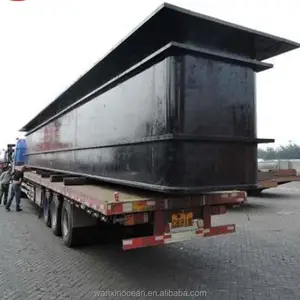
Hot Dipped Galvanizing Plant For Sale

Hot dip galvanizing plant for sale hot dip galvanizing line galvanizing machine galvanizing kettle coating line plating line

hot dip galvanizing equipment for sale
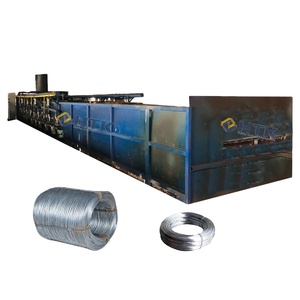
Very Cheap Continuous Hot Dip Galvanizing Line for sale

Hot dip galvanizing plant zinc coating machine production line for hot sale
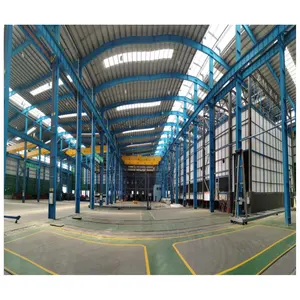
Continuous Galvanizing Line Hot Dip Galvanizing Machine Plant for sale
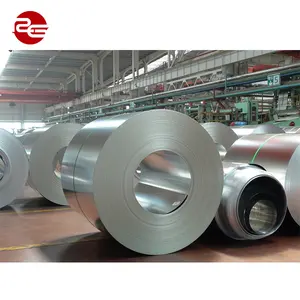
hot dip galvanizing plant for sale spc440 galvanized steel coil z275

Practical electro hot dip galvanizing plant Natural Gas Firing Gavalnizing Furnace for sale

Steel hot dip galvanizing line equipment plant for sale
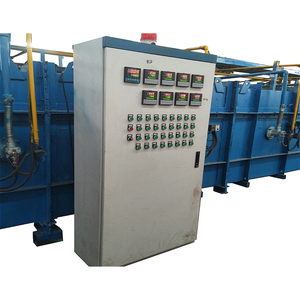
GST Hot Dipped Zinc Plating Equipment Hot Dip Continuous Galvanizing Lines Plant For Sale
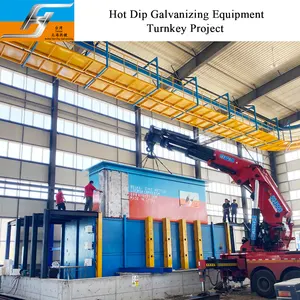
High Quality Hot Dip Galvanizing Line Equipment Plant Machine Zinc Kettle for Sale
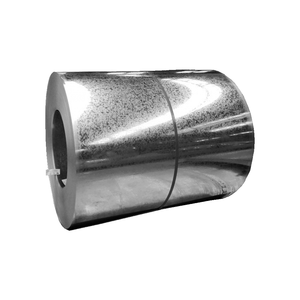
China manufacturing plant of hot sale 26 gauge 0.18mm hot dip galvanized steel coils
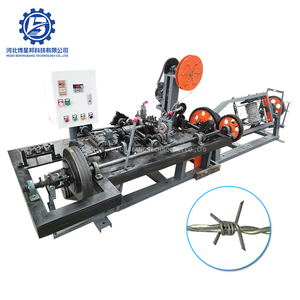
Factory price high speed barbed wire machine for sale
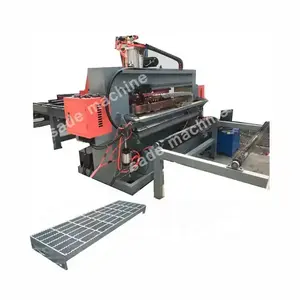
Steel electro forged grating manufacturing welding machine for sale
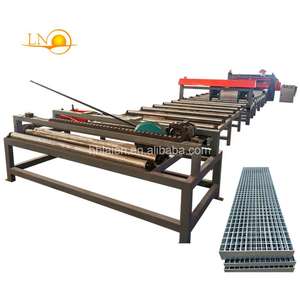
Hot Sale Electro Forged Grating Welding Machine Plant

Hot sale 28 gauge 0.4mm corrugated steel roofing sheet hot dipped gi steel roofing sheet

Factory Price PPGI Steel roofing sheet prepainted galvanized corrugated iron roofing plate for sale
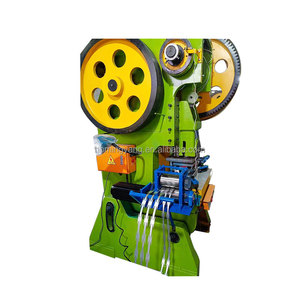
Fashion design razor barbed wire making machine Concertina Coil Machine For Sales
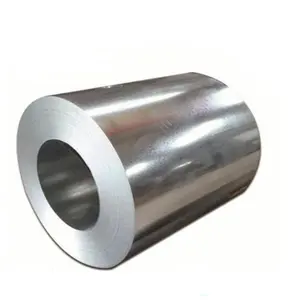
Factory direct sale DX53D DX54D Z100 Z120 Z150 0.5mm 1.0mm thick Galvanized Steel Roll/Coil Building Material Price
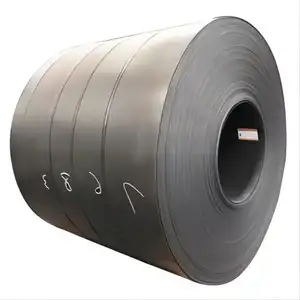
Hot Sale Q420 Q490 SM490YA Rolled Steel Coils Hot Rolled Carbon Steel Coil Price Per Ton
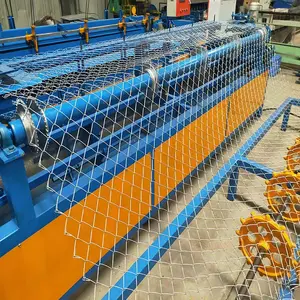
IRON WIRE MESH WELDING MAKING MACHINE ON SALE

Factory Hot Dipped Galvanized Barbed Wire Fencing Making Machine Price
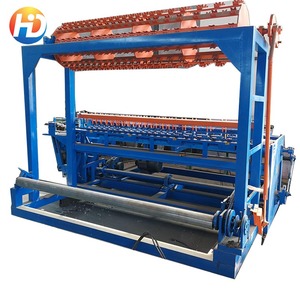
Hot Sale Hog Sheep And Goat T Posts Field FenceMetal PostHot Dipped Galvanized Grassland For Deer Fence
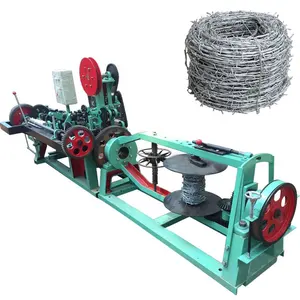
TOPS electro galvanized/hot dip galvanized/pvc coated barbed wire with cheap price factory wholesale
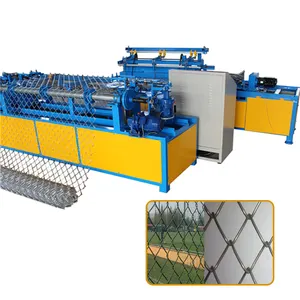
Hot dipped galvanized perimeter security used chain link fence for sale garden factory fully-automatic knitting machine
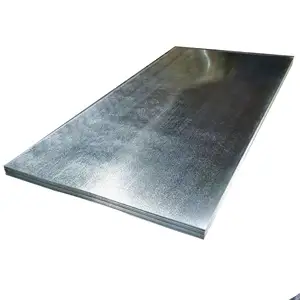
Zongheng gauge 22 galvanized sheet metal 4x8/ large stock zinc coated galvanized corrugated steel sheet 4mm
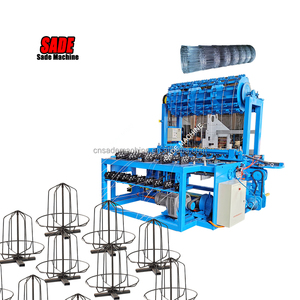
hot sale factory price hinge joint cattle grassland fence mesh making machine
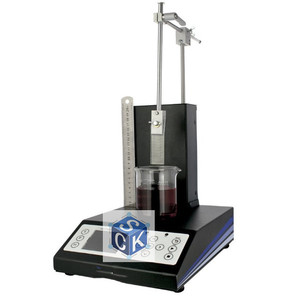
Lab dip coater grows thin films by vertically pulling samples in liquid phase
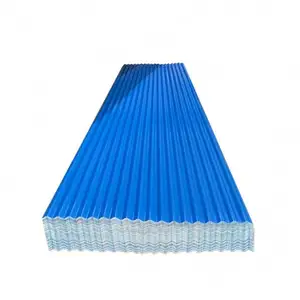
Top Quality Hot Sale Galvanized Metal Price/Ppgi Aluzinc Roofing Sheet

Hebei Province factory hot dip galvanizing machine for wire

MS Powder Pump P50 Fluidizing Tube 20/40 613145+613140 for powder coating gun spare parts



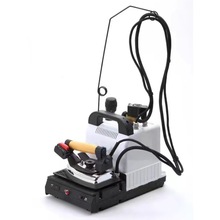
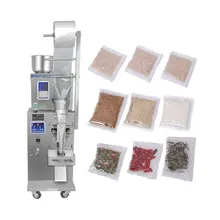

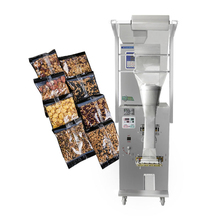

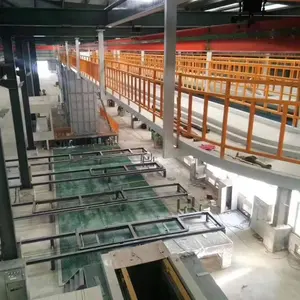



















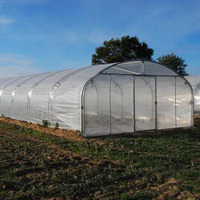








 浙公网安备 33010002000092号
浙公网安备 33010002000092号 浙B2-20120091-4
浙B2-20120091-4